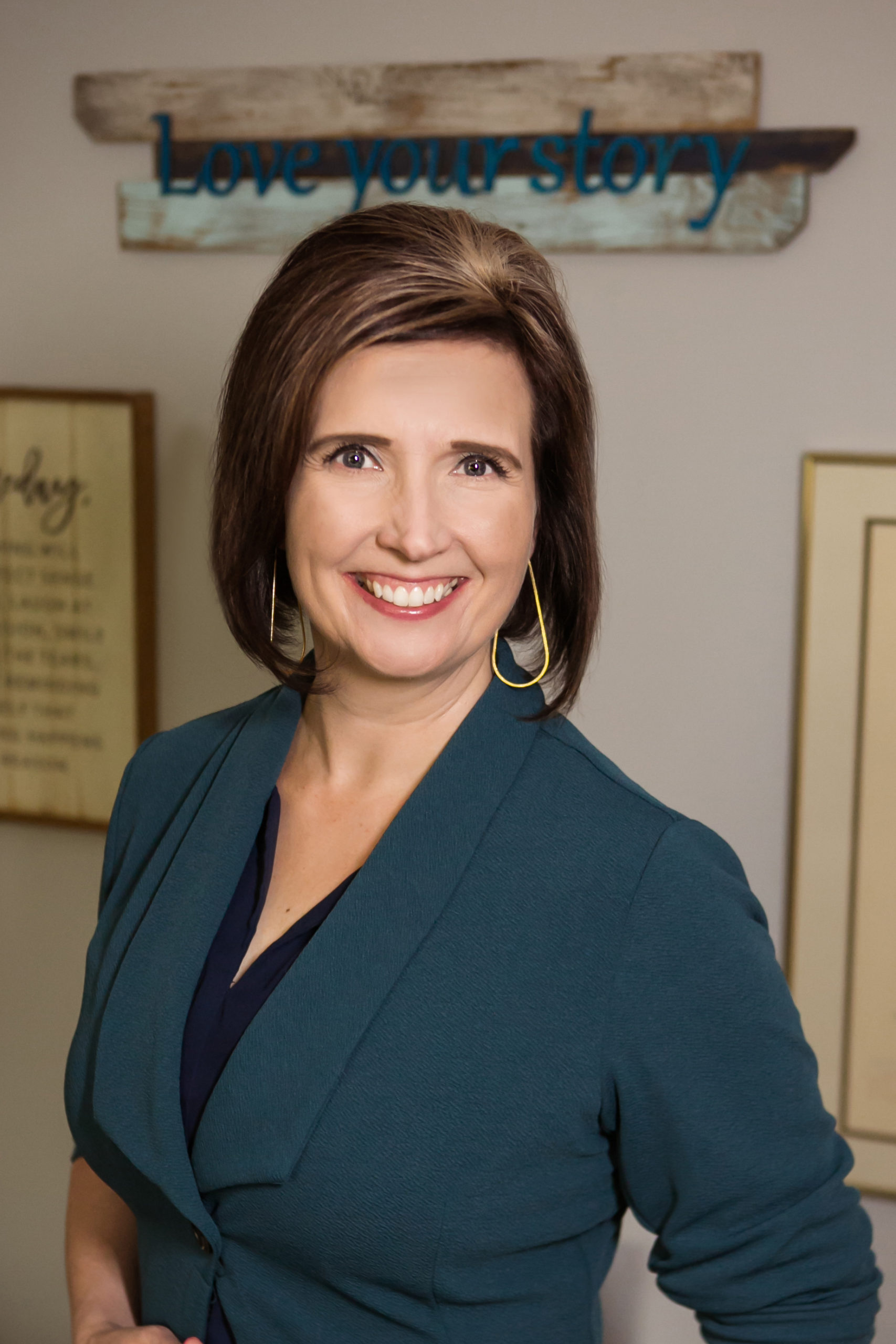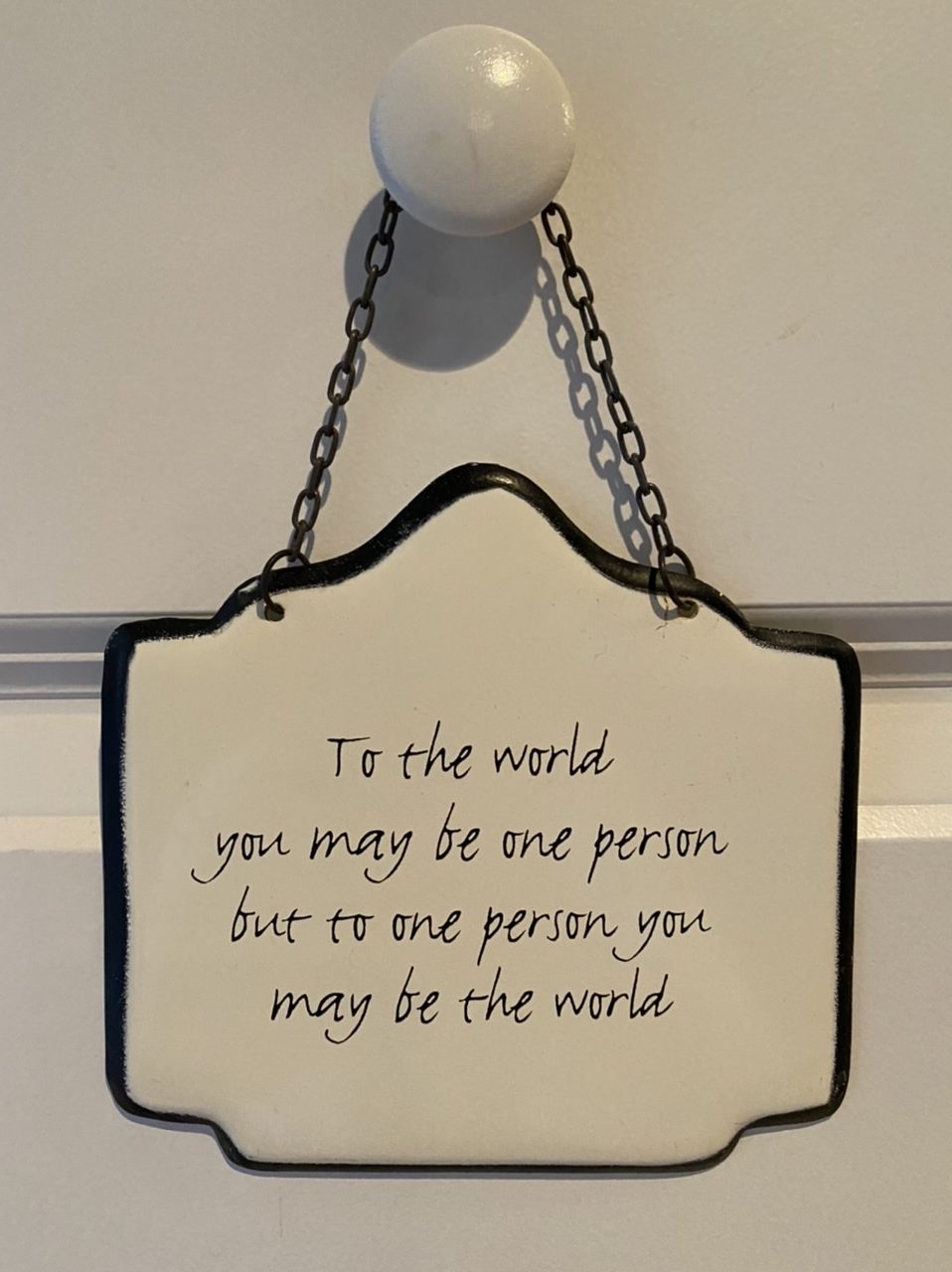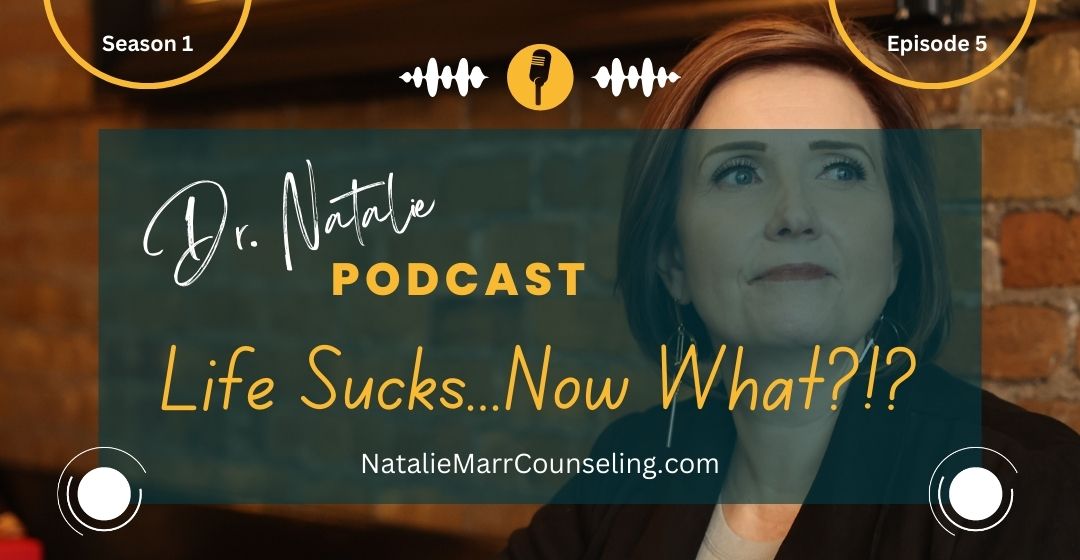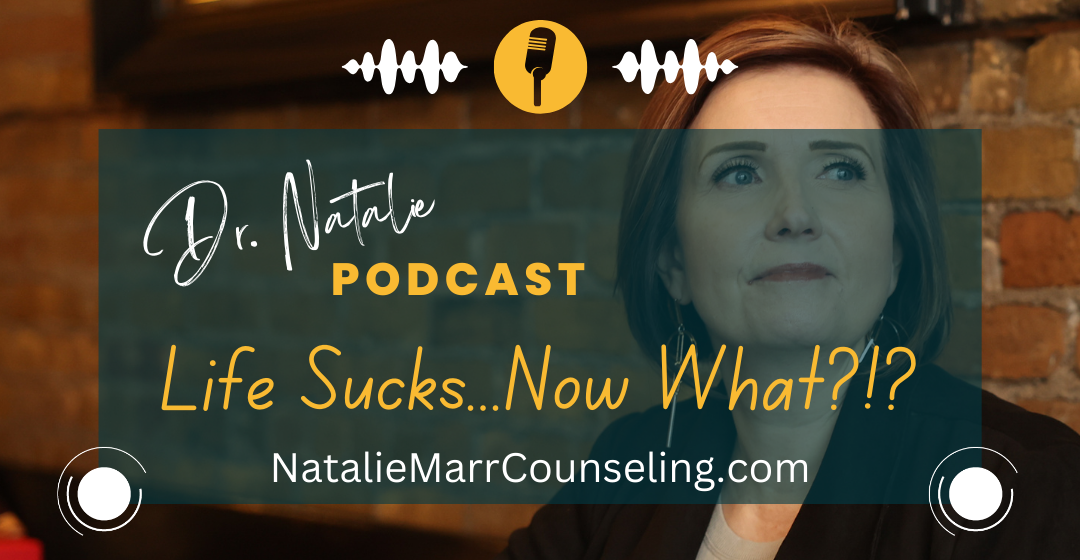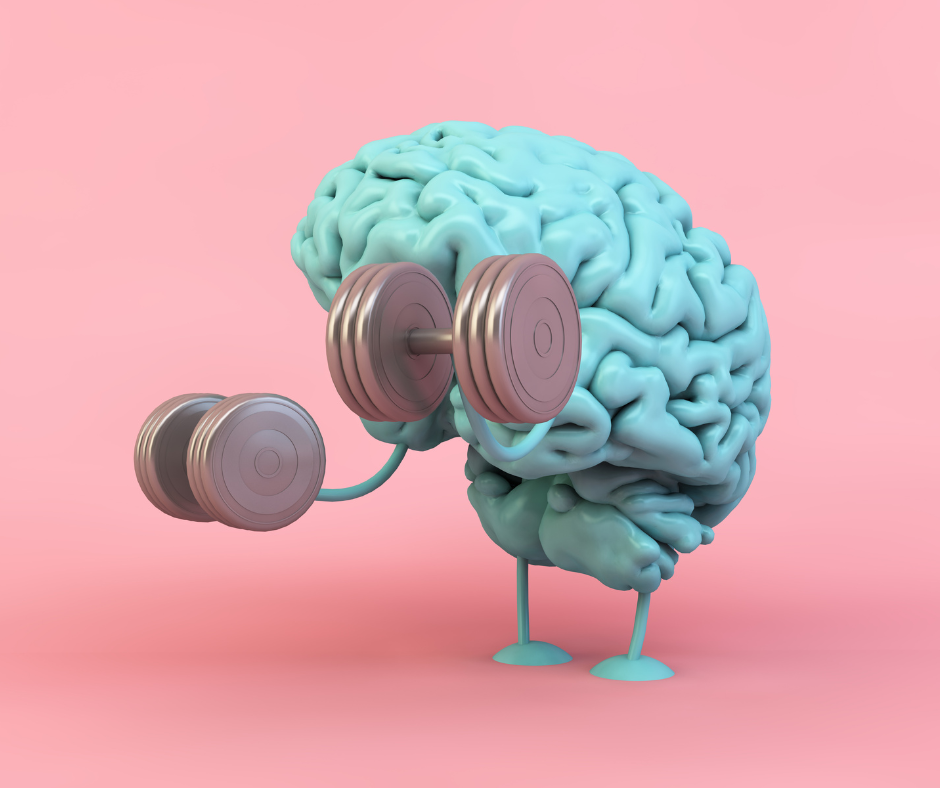There has recently been a second teen suicide at the high school in my community. I am devastated as a mother of a teen myself. However, the reason I am writing this blog comes in large part from my sense of duty as a psychologist living in this community. I know the real risks of suicide clusters, defined by the Suicide Prevention Resource Center (http://sprc.org) as “Multiple suicidal behaviors or suicides that fall within an accelerated time frame and sometimes within a defined geographical area.” This risk is very real and also very able to be addressed. I would like to help with that here.
I chose to put “suicide” in the title for a very specific reason. When these types of deaths occur, you will often hear official reports from the schools and community that name the incidents “unexpected deaths”. I have no idea what school districts can and cannot say publicly and do not fault them for not being more forthright. That being said, I also know that this vague description of suicide is also minimizing the issue at hand and further adding to the stigma of mental health. I will not do that here, because our kids deserve to be heard and seen, even in their brokenness. Also, I will not add to the systemic shaming of symptoms of mental illness. Suicide is a symptom…a lethal symptom. Mental illness can be a terminal illness if left untreated or under treated.
Lack of connection is one of the largest issues in our society at large, and assuredly within the adolescent population. In an age where it appears as if we are overly connected via technological advances and social media, we are actually falling victim to feeling alone amidst our communities, families, and friends. So many of our children do not feel heard or seen in their environments. There are so many reasons that contribute to this, not the least of which is the internal experience of depression, anxiety, and/or stress for which they do not feel they have a place to talk or get help. It seems we continue to see and qualify mental illness as a weakness in our competitive society. That being the case, what do you think our teens think about it? How many of them feel free to share their internal struggles? And are we being intentional with our teens, making space and time where it is safe to talk about things like mental health? Not nearly enough. And this is my call to action.
We need to connect with our kids and help them. We need to connect with the places and organizations that our teens are involved in. We also need to connect ourselves. In a world where we are perpetually marketed at as somehow not good enough and shown what products can make us better, we are in a competitive battle to “fit in”. “Fitting in” IS NOT what I am talking about when I say connection. What I am referring to is a sense of belonging. A feeling that we are seen and heard and really known by those closest to us. The most isolating feeling is being among people and yet feeling all alone. And it is unfortunately a common experience for our teens. Let’s change this. All of us! Let’s dial in more to what is happening in our actual lives with those around us and less in our virtual lives via technology. Let’s unplug and, while we can, let’s unplug our kids and listen to and see what is going on in their lives. Let’s start the difficult conversations and make it safe for our teens to tell us ANYTHING! I am hear to say that if we as adults don’t make it easy for kids to come to us and talk, these conversations WILL NOT HAPPEN.
I won’t reinvent the wheel here and spell out a bunch of helpful tips on how to talk to teens in the aftermath of suicidal death among their peers. What I have done is linked this blog to the website of an organization called the Society for the Prevention of Teen Suicide (www.sptsusa.org). There is a great article on how to talk to your teen about suicide and start these conversations after a peer has committed suicide. There are also articles on how school faculty and community members can respond. If you have teens in your life in any capacity, please take a look at these resources to help you know how you can help prevent further suicides and more importantly connect with the kids in your life. It also has resources on how to help yourself grieve, and if you are a member of a community with suicidal deaths, you too will grieve.
I would be remiss if I did not also link to suicide hotline resources. The National Suicide Prevention Lifeline (https://suicidepreventionlifeline.org) is 1-800-273-8255. There is another organization called The Crisis Text Line (www.crisistextline.org) where anyone can text in for a variety of different crisis related issues, suicidal thinking being only one of these. I like to give out both, because there are so many adolescents I have met in my work that are reticent to call a hotline, but will use the texting resource.
I felt the need to write this blog as a qualified member of my community to educate on this matter and offer my spin on how to address it. Mostly though, as a mother of a teen, I cannot even imagine the grief that this will cause all in my community. It’s tough, I know, to talk to our teens at all. Remember though, part of really seeing and hearing them is pushing through their sometimes reflexive nature to push away from the adults in their lives. Whether they are willing to admit it or not, they need us and whether we want to believe it or not we are all responsible for their welfare. We need to lean in and make an effort. We need to connect.
Dr. Natalie Marr is a Licensed Psychologist with a private practice located in St. Louis Park, Minnesota. She works with individuals age 6 on up, helping them reduce stress, improve coping skills, and discover the origins of repeated troublesome behavior patterns they want help to change. Check her out at http://nataliemarrcounseling.com or text/call her at 612-440-8742.
Dr. Natalie Marr is not affiliated with any of the organizations mentioned in this article and does not receive any financial compensation for her inclusion of these resources.
